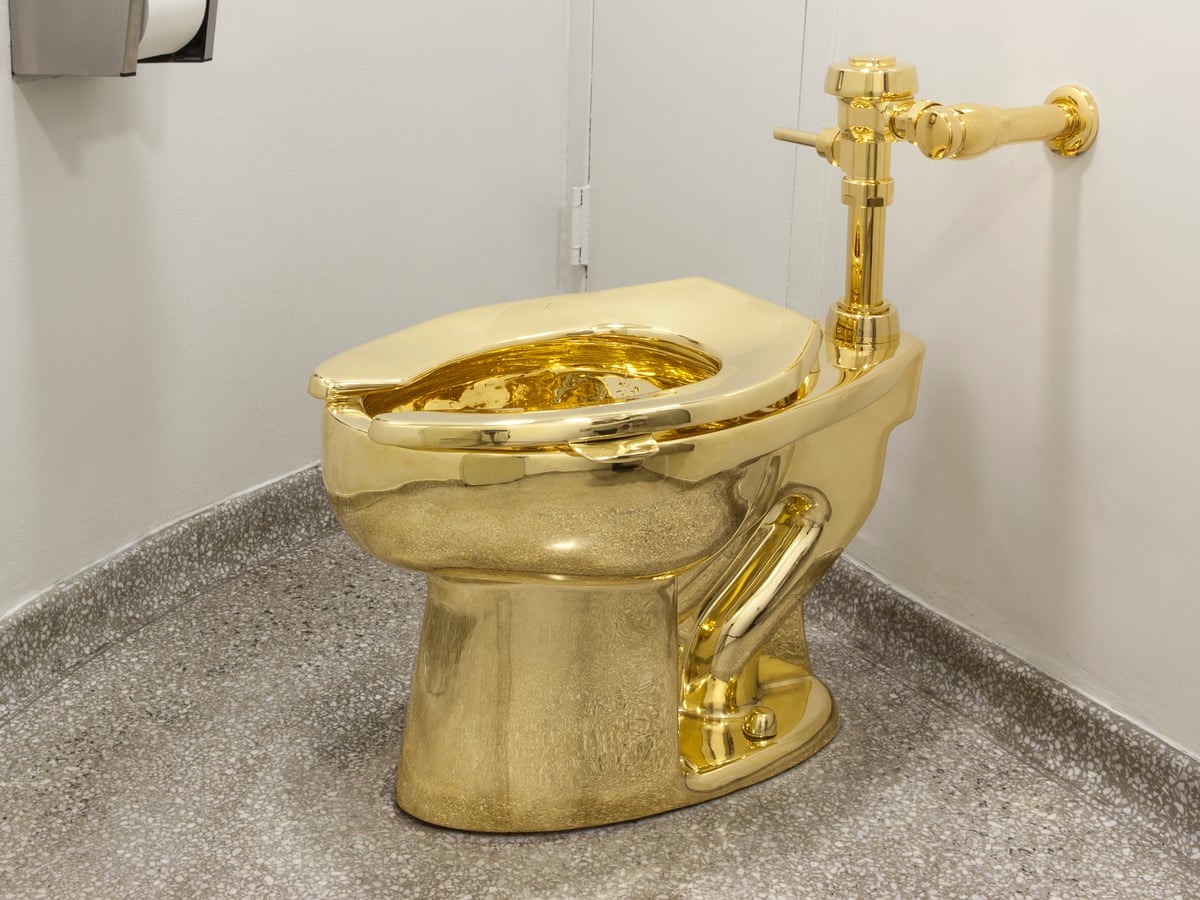Many disorders impartially lead to the functioning of your body. In the case of an individual suffering from a disease like a tetraplegia, e lots complete control over his senses. But what if with the use of technology a person is made able to control his r her environment with a single flick of tongue? Tongue Driving System
To make this happen, Maysam Ghovanloo (Ph.D.) the director of the Bionics Lab at The Georgia Institute of Technology worked day and night. He came out with a product named TDS (Tongue driving system). In this blog, we will learn more about this device to enhance our knowledge regarding it.
What is TDS?
Recalling total dissolved solids? No, you are wrong my friend. TDS in today’s blog is referred to as the Tongue drive system. It is a device that under proper handling aids an individual in controlling the functioning of his or her senses just by tapping their tongue.
Even though the tongue can act as the accessory organ to loop out with this technology, the TDS technique can make an individual move and control his own without requiring additional members. This uniquely operative and assistive machinery can help a lot in terms of bio medics in near future.
People generally suffering from any spinal cord injuries or tetraplegia tends to rotate or flip their tongue easily. Keeping this aspect in mind, this machinery has been designed to maintain a balanced movement of the patient’s own. Tongue Driving System
Tongue acting as ‘joystick’
The people who lost their control and dexterity over their upper and lower limbs can now use their tongues to carry out the movement. The time when an additional member was required to take a patient from one place to another has now been modified.
This change has brought about great effects in medical terms. The spinal cord-related injuries are now easy to handle and coordinate with other bodily parts.
How does this system work?
The tongue drive system is comprised of two important parts: a headset and a tongue magnet. This tongue magnet is pinned to the tongue of a patient for use for either a short or long time accordingly. This magnet could either be implanted inside the tongue of an individual depending on the health condition (inside the barbell region).
However, for long-term use is implantation is mostly preferred. This pinned magnet is attached to that of the headset used for the communication process. It is comprised of a magnetic sensor along both sides of the face.
When a person anticipates turning his or her wheelchair to the left side, can just rotate via a single touch over the left region of the tongue. This will directly give a command to the headset and the action would be implemented. One may not find the desired result via light touch, hence a proper cheek expression is sometimes required to carry out a function. Other included effects are mentioned as follows:
- The tongue magnet tends to create a magnetic field near the device and becomes capable of detecting, processing, and altering the sense of guiding commands.
These TDS systems began developing in 2005 at a larger scale. The first manufacturing of this device was initiated at North Carolina State University. Further, its prototype was created by Ghovanloo and his core team members. The funding for this work was done by Christopher & Dana Reeve Foundation.











